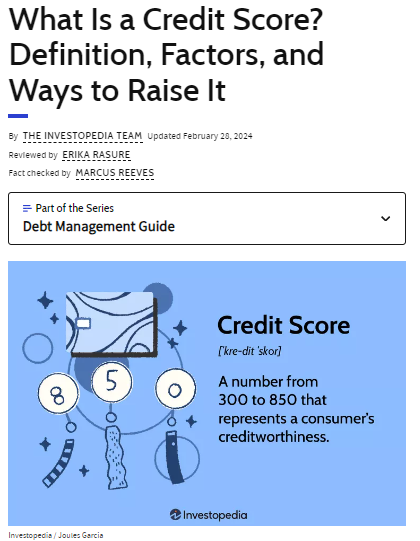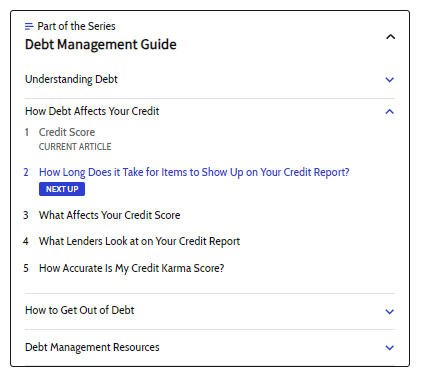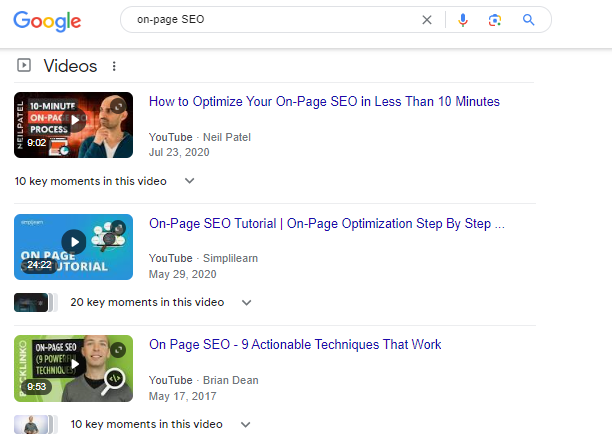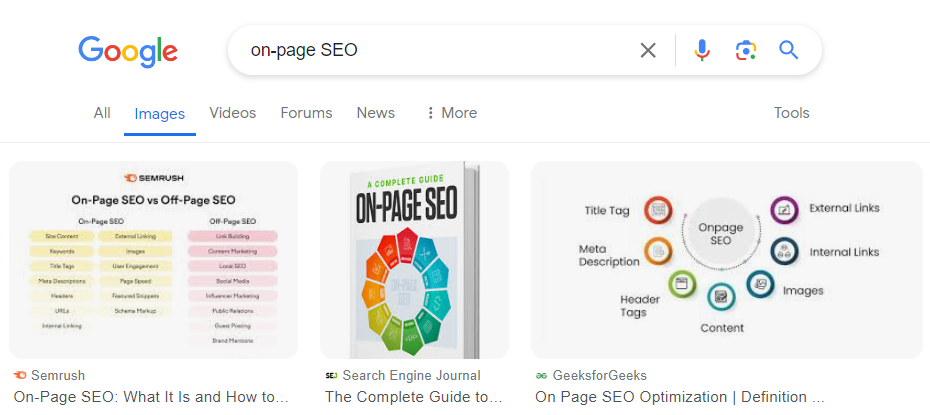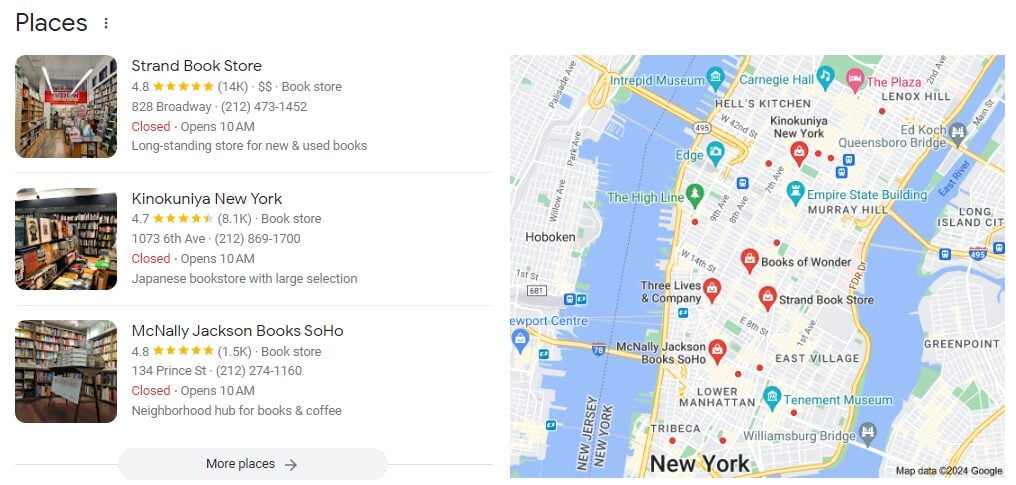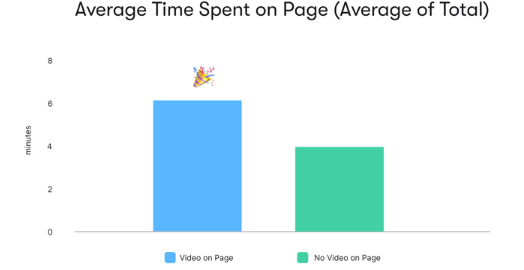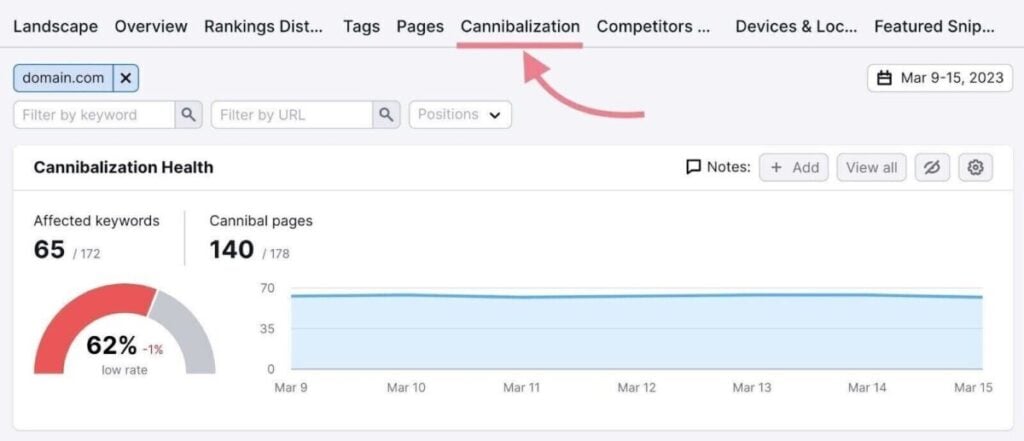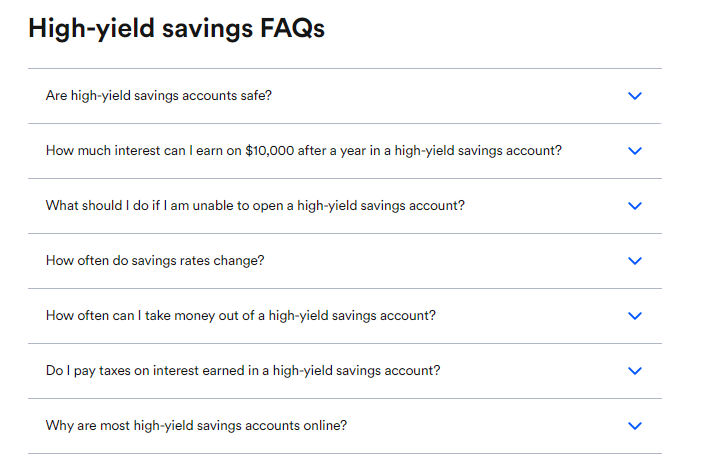SEO marketing agencies are already proficient in the basics of SEO but need a little extra guidance to stay on top of their game and deliver the best results for their clients. Advanced SEO is the solution for such agencies.
Think of advanced SEO as a level up from the basics. In it, you go deeper into the complexities of search engine algorithms, like AI-driven SEO, and implement advanced strategies to boost rankings and drive more traffic to your clients' websites.
In this guide, we discuss the best practices for SEO marketing agencies, including advanced tactics and references from Google's recent March 2024 update.
11 Best SEO Practices for SEO Marketing Agencies:
- Advanced Techniques for SEO Marketing Agencies
- 1. Create Content Hubs
- 2. Improve the Time to Value of Your Content
- 3. Take Up SERP Real Estate
- 4. Use Dynamic Parameters for Your Paginated Pages
- 5. A/B Test Your Way to the Top
- 6. Use a Variety of Visuals
- 7. Build Links With Unlinked Mentions
- 8. Add a Comment Section to the Blog
- 9. Avoid Keyword Cannibalization
- 10. Create Q&A Sections
- 11. Include Content Features on Web Pages
- Conclusion
- Frequently Asked Questions
Advanced Techniques for SEO Marketing Agencies
With these techniques, your clients will see greater results and trust in your agency's capabilities. While some of these tactics are for general SEO, others are more specific, such as those for content creation and backlink-building.
1. Create Content Hubs
Most top-ranking websites have content hubs, as they are an effective way to organize and interlink content.
A content hub consolidates all the information on a specific topic and links to other relevant content on the website. It's like a one-stop shop for all things related to that topic.
Not only does this create a more user-friendly experience, but it also signals to search engines that your website is an authoritative source on the topic. For example, at Influencer Marketing Hub, we have created content hubs for the following topics.
- Influencer marketing
- Social media
- Email marketing
- AI marketing
- Affiliate marketing
- eCommerce
- Creator economy
- Digital marketing
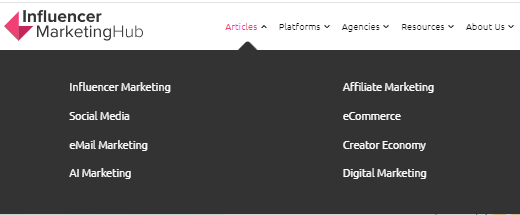
Content hubs
If you go to, let's say, the social media marketing hub, you will find all our articles on that topic. The best part of a content hub is that no matter what a visitor's search intent is, they can find something to read and stay on our website for longer.
Another way to make your content hub more impactful is to interlink all its articles. For example, if you go to our article on social media marketing agency tips, you'll see that we have added links to other relevant articles in the content hub, such as our guide on social media marketing tips for website owners.

Internal linking in our article
Similarly, we have included interlinks to content about specific social media platforms such as Instagram. Below, you can see that we've linked to our Instagram Reels strategy guide and an article on Instagram ad features.

Interlinking in our article
You can further combine your content hub by adding a ''Related Content'' section at the end of your articles. For example, we have this section in our article about tips for social media marketing agencies. Make sure these articles are from the same content hub so that the user's search intent is met.

Related content section
2. Improve the Time to Value of Your Content
The time to value (TTV) measures the time it takes for a user to find value in your content. In the past few years, the world's attention span has decreased significantly.
The average attention span was 12 seconds in 2000. But now, it's at 8.25 seconds, which is lower than the 9-second attention span of a goldfish. With our attention spans short enough to change the goldfish's ranking, it's important to capture the user's attention quickly and deliver value to keep them engaged.
In simple words, provide value as soon as someone lands on your web page. Often, hero images, long intros, and author bios take up the precious above-the-fold space and increase TTV.
Get straight to the point and provide value right away. Let's compare two of our own articles.
In our list of top 10 SaaS content marketing agencies, there's a long intro and another paragraph under the first H2 before we get to the list.

Example article
On the other hand, the article on the best AI content generators has a short and snappy intro, leading to a list of AI tools, which is followed by their reviews.

Example article
The latter article has a faster TTV as the value is delivered quickly. In contrast, the former takes more time to get to the point, increasing the TTV.
When you consider that mobile internet traffic as a percentage of the total web traffic is as high as 73.5% in some parts of the world, the importance of quicker TTV becomes even more evident. You don't want your audience to scroll for too long before finding value.
How do you improve the TTV, though?
The best way is to put important content above the fold, which is the part of a webpage that is visible without scrolling.
The inverted pyramid or bottom line up front (BLUF) approach is also helpful. Write the main points first, followed by supporting information and details. Even if someone leaves your website after reading only the first few paragraphs, they will have gained some value and feel more inclined to return for more in-depth information later.
Fidelity's article about bull and bear markets is a good example. They have a Key Takeaways section right at the top, which provides a gist of the whole article.
Investopedia does it even better. In its article about credit scores, the website has the main information right at the top.
There’s also a drop-down menu above the fold that allows visitors to see more articles in the same content hub.
With two of our top SEO marketing tips implemented in its content, it’s not wonder Investopedia is the top result for the keyword ‘’what is credit score.’’
3. Take Up SERP Real Estate
One way to improve your search engine visibility is to maximize the space your content takes up on the search engine results page (SERP). You can do so by adding schema markup or structure data to your content, which creates rich snippets.
Rich snippets are additional pieces of information that appear below the title and URL of a search result, making your content stand out and providing more context to users.
These snippets can increase the likelihood of a user clicking on your link, as they have more information about what your content offers.
For example, this search result from Amazon about the Harry Potter book series takes up plentiful real estate on the SERPs by showing extra information like availability, pricing, reviews, and ratings. It even has a picture of the book set.
Use Google's guidelines to learn how you can add structured data to your pages in the right format.
Another way to increase your real estate is to create multimedia content. For example, you can create a podcast episode, images, videos, infographics, or other types of more interactive content that can appear on the SERPs.
For example, Neil Patel's video ranks in the video carousel for the search query ''on-page SEO.'' So, even though his blog article isn't on the first page, his video shows up, increasing the potential for clicks and views.
Similarly, the GeeksforGeeks article isn't in the first ten search results, but the image they've created for their content is the third image result. When you create multimedia, even if your content doesn't rank highly, it still has a greater chance of appearing on the SERPs and gaining visibility.
If your client is a local business, you can increase their SERP real estate by creating a Google Business Profile for them. Since these results appear at the top for ''near me'' searches, your client has a prime spot on the SERPs.
For instance, when you search for ''bookstores in NYC,'' the top results are from Google Business Profiles. These businesses get organic search traffic even if they don't have any ranking pages on the first page of Google's search results.
4. Use Dynamic Parameters for Your Paginated Pages
In cases where your website has paginated pages like category pages or search result pages, it's important to use dynamic parameters in the URL to make them SEO-friendly.
Dynamic parameters allow you to show different results on a single page by changing the parameters in the URL, making it easier for search engines to crawl and index your content without getting confused with duplicate content.
For example, instead of having separate URLs for each page of a category (e.g., domain.com/category/page1, domain.com/category/page2), you can have a single URL (e.g., domain.com/category?page=1) and change the value of the page parameter to display different pages.
Making this slight change helps Google crawl your website faster. Vogue is a good example of a website that uses dynamic parameters in its paginated pages.
5. A/B Test Your Way to the Top
A/B testing means testing different versions of an element to find which one performs better. For example, it may be something as small as a button color or as big as a complete website redesign.
Here are some things you can A/B test for SEO on your clients' websites:
- Button text
- H1 text
- Table of contents
- Content length
- Hero images
- Meta tags and descriptions
- Title tags
- URL structure
- Page layout
- Navigation menu
- Sales copy
- CTA buttons
Optimizely is a useful tool in this regard. Its Web Experimentation feature comes with multivariate testing ability and on-page preview. So you can see how your new version will look before making it live.
The tool also offers AI content suggestions to optimize your pages for higher conversions. Since it has a stats engine and also lets you integrate analytics software, you can make decisions with more confidence.
If you plan to make any SEO-related changes to the client's websites, such as modifying the page layout, always do an A/B test before settling on the final version.
6. Use a Variety of Visuals
Visuals are an integral part of any website. They engage your audience and communicate your message more effectively.
More importantly, they keep people on your web pages for a longer time, helping your website rank higher in search engine results. For example, Wistia's research found that people spend 1.4x more time on web pages that have a video.
However, your content's visuals should not be limited to videos. Diversify your visual content by using images, infographics, charts, animations, GIFs, and videos.
While infographics and charts hold a viewer's attention for longer, GIFs auto-play, compelling your audience to watch them.
For example, WikiHow uses pictures, videos, and animations for every step in its how-to articles.
These visuals not only explain the steps better but also break the monotony of text-only guides.
7. Build Links With Unlinked Mentions
There are times when people talk about your brand online but do not add a link to your website. These are known as unlinked mentions, and they can be a lost opportunity for link building.
Reach out to these websites or individuals and politely ask them to add a link back to your website. They're usually open to the idea, especially if the mention is recent.
You may find unlinked mentions in places like blog post comment sections, news articles, forums, and social media posts. However, as an SEO marketing agency, you may be handling multiple clients with hundreds of social media pages and websites.
How do you find unlinked mentions for all of them? Not manually, of course.
Use a brand monitoring tool to keep track of these mentions. We have a list of the best brand monitoring tools agencies can use to monitor all their clients' mentions.

Top brand monitoring tools
To leverage unlinked mentions on social media, use social listening tools. These tools keep track of your brand's mentions in real time. So, if there's a social media post talking about your brand without a link, you can quickly reach out and ask for one.
8. Add a Comment Section to the Blog
If your clients' websites have blog sections, you can improve their SEO by adding comment sections. Comments can help in a few ways.
First, they are good for community engagement. You want your audience to interact with your content, and comments are a good way for them to leave their feedback.
Second, comments can increase the length of user sessions on the website. When someone leaves a comment, they are likely to stick around for a little longer.
Third, Google crawls comments sections, too. So, if you have relevant keywords in your comments, it can improve your website's ranking.
For example, 99Signals has a comment section for its blog. In their article about SEO tips, there are 27 comments, many of which the writer has also responded to.
In one comment, a visitor had three questions. Sandeep Mallya, the writer, responded to each of them in detail and even added a resource link for the commenter to find more information.
However, it's important to moderate comments and ensure that they are relevant and appropriate. Spam or irrelevant comments can harm a website's credibility and user experience.
You can set up filters or manually approve comments to ensure the quality of comments on your clients' websites. While you're at it, respond to the comments, too.
For example, if a reader has a question or leaves positive feedback, respond to them with guidance and gratitude. Sometimes, you already have an article on the website answering the commenter's question. Interlinking to that article can further improve the site's SEO.
9. Avoid Keyword Cannibalization
Keyword cannibalization is a situation where multiple pages on a website are targeting the same user intent. There's a common misconception that cannibalization is associated with using the same keyword.
But it's not. You can have multiple pages that target the same keyword or similar keywords as long as they have different user intents.
For example, we have multiple articles targeting ‘’digital marketing agencies,’’ but they cater to different user intents. Moreover, our articles target readers from different industries and with different use cases and needs.

Digital marketing articles
For example, when you search for ''project management software,'' you see content for all sorts of user intents, such as information or transactional. The top result from Wrike is information since it lists 21 project management software tools.
However, Microsoft's result is commercial since it leads to the official Microsoft Project management software page.
The same is true for Asana's result.
The issue arises on your website when you have two pages trying to target the same user intent, even if the target keyword is not the same. Your client's website may be a victim of keyword cannibalization if you're having trouble increasing a keyword's rank or its rank keeps fluctuating.
Semrush has a Position Tracking Tool that shows you cannibalization scores. You can use it to find the number of affected pages and keywords on your clients' websites.
After identifying the pages and keywords affected by cannibalization, here's how you can fix the issue:
- Merge pages: If two or more pages have similar content and target the same user intent, you can combine them into one page.
- Redirect pages: If you're merging two pages, remember to implement 301 redirects from the old pages to the new merged page so that any existing backlinks and traffic to the old pages are redirected to the new page, preventing any loss in rankings or traffic.
- Differentiate user intent: If you want to keep both pages separate, make sure they have different user intents. For example, if one page is focused on providing information, the other can focus on transactional intent by offering a product or service.
- Strengthen internal linking: Link related pages within your website to each other to establish a clear hierarchy and avoid competing for rankings.
10. Create Q&A Sections
Google's People Also Ask (PAA) section is a gold mine for gauging user intent. Some of these PAA features also have a fractured or broad intent, which gives you pointers on how to structure your content.
You can create a Q&A page on your website that targets these questions and provides in-depth answers. The questions in this section usually comprise long-tail keywords. While these keywords may not have as much monthly traffic, their cumulative impact can boost your SEO efforts.
You can use AlsoAsked or a similar tool to find relevant questions for your clients' content pages.
Make sure that you use the exact same question text as your content's title and H1. Answer these questions concisely so that you can cover a wide range of topics without making your page too long.
If applicable, add lists to your answers.
For example, Bankrate has an FAQ section for its blog articles. These FAQs provide additional value to the readers by addressing common questions, improving user experience, and urging people to stay longer on the page.
11. Include Content Features on Web Pages
A content feature may be a:
- Quote box
- Summary
- Pros and cons list
- Comparison charts
- Calculators
Google's Quality Rater Guidelines also say, ''Supplementary Content (SC) is also important.'' However, you must ensure that this content doesn't take away from the overall user experience. It should be helpful and informative, not distracting or overbearing.
For example, we have added our TikTok Money Calculator to our guide about influencer engagement and earnings estimation.
Similarly, NerdWallet has rating indicators for different metrics for all its reviews. These features make the page more engaging and user-friendly, which can result in longer on-page time and lower bounce rates.
Conclusion
Depending on your clients' preferences and current SEO strategies, you may choose to implement some or all of these tactics. We've added a ton of advanced tactics that go beyond the basics, such as creating meta titles, adding meta descriptions, and so on.
The key is to keep an eye on industry and algorithm updates. Since SEO is a dynamic process, you'll have to be adaptive and creative with your strategies to stay ahead. Also, tailor the SEO strategies to your clients' requirements.
Frequently Asked Questions
What are the best SEO marketing practices?
Some of the best SEO marketing practices include using relevant keywords, optimizing the title tags for SEO, adding FAQs and comment sections to your articles, optimizing images, creating content clusters, and building a backlink profile.
How can SEO be used in marketing most effectively?
The most effective way to use SEO in marketing is to understand your target audience and their search behavior. Then, optimize your website and content to match their intent. Also, track metrics regularly, and don't forget to keep an eye on the technical side of your websites.
What is a successful SEO marketing strategy?
A successful SEO marketing strategy is well-optimized and in line with current SEO trends. It is aimed at improving website rankings and conversions. Such a strategy should include a variety of techniques, including on-page optimization, link-building, technical SEO, and keyword research.
What are the key pillars of a good SEO marketing campaign?
The main components of a successful SEO marketing campaign are content, on-site SEO, off-site SEO, technical SEO, and analytics.


